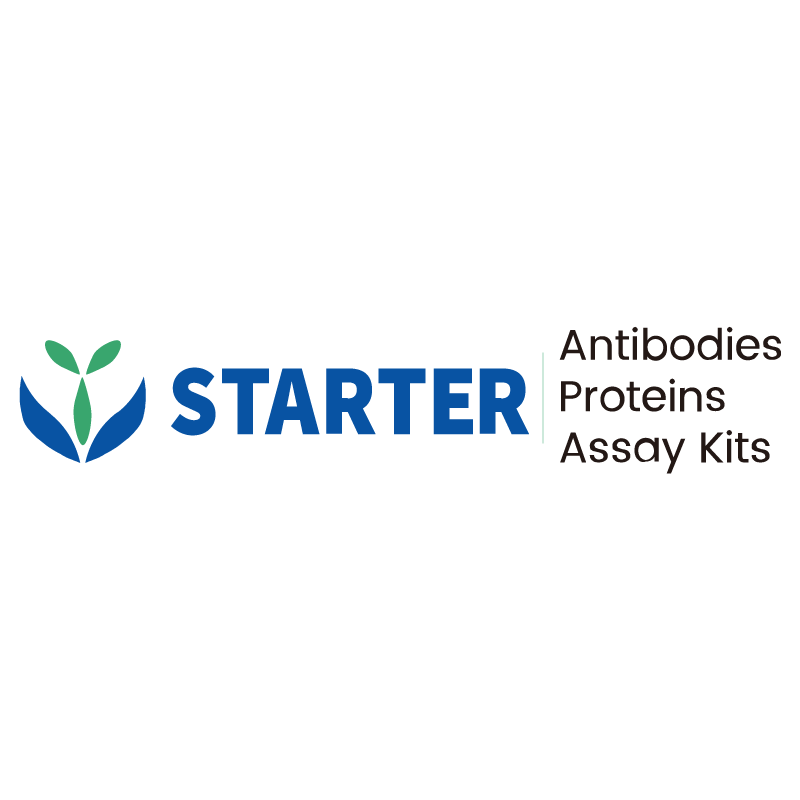Flow cytometric analysis of human peripheral blood cells labelling Fc γ RIa/CD64 antibody at 1/20000 (0.01 μg) dilution/ (Right panel) compared with a Mouse IgG2b, κ Isotype Control / (Left panel). Goat Anti-Mouse IgG Alexa Fluor® 488 was used as the secondary antibody. Then cells were stained with I-A/I-E - APC antibody separately.
Product Details
Product Details
Product Specification
| Host | Mouse |
| Antigen | Fc γ RIa/CD64 |
| Synonyms | High affinity immunoglobulin gamma Fc receptor I; IgG Fc receptor I; Fc-gamma RI (FcRI); Fc-gamma RIA (FcgammaRIa); FCG1; FCGR1; IGFR1; FCGR1A |
| Immunogen | Recombinant Protein |
| Location | Cell membrane |
| Accession | P12314 |
| Clone Number | S-1065-36 |
| Antibody Type | Mouse mAb |
| Isotype | IgG2b,k |
| Application | FCM |
| Reactivity | Hu |
| Positive Sample | human peripheral blood cells |
| Purification | Protein A |
| Concentration | 2 mg/ml |
| Conjugation | Unconjugated |
| Physical Appearance | Liquid |
| Storage Buffer | PBS, 40% Glycerol, 0.05%BSA, 0.03% Proclin 300 |
| Stability & Storage | 12 months from date of receipt / reconstitution, -20 °C as supplied. |
Dilution
| application | dilution | species |
| FCM | 1:20000 | Hu |
Background
FcγRIa/CD64 is a high-affinity receptor for the Fc portion of IgG antibodies, playing a crucial role in immune responses. It is an integral membrane glycoprotein composed of a signal peptide, three extracellular immunoglobulin domains of the C2-type for antibody binding, a hydrophobic transmembrane domain, and a short cytoplasmic tail. CD64 is primarily found on macrophages and monocytes but can be induced on polymorphonuclear leukocytes by cytokines like IFNγ and G-CSF. This receptor has the highest affinity for IgG1 among all Fcγ receptors, making it significant for monoclonal antibody binding and effector functions. It interacts with the common γ chain to trigger cellular activation upon binding to IgG. There are three distinct genes for CD64 in humans—FcγRIA (CD64A), FcγRIB (CD64B), and FcγRIC (CD64C)—located on chromosome 1, which produce six different mRNA transcripts through alternative splicing.
Picture
Picture
FC


